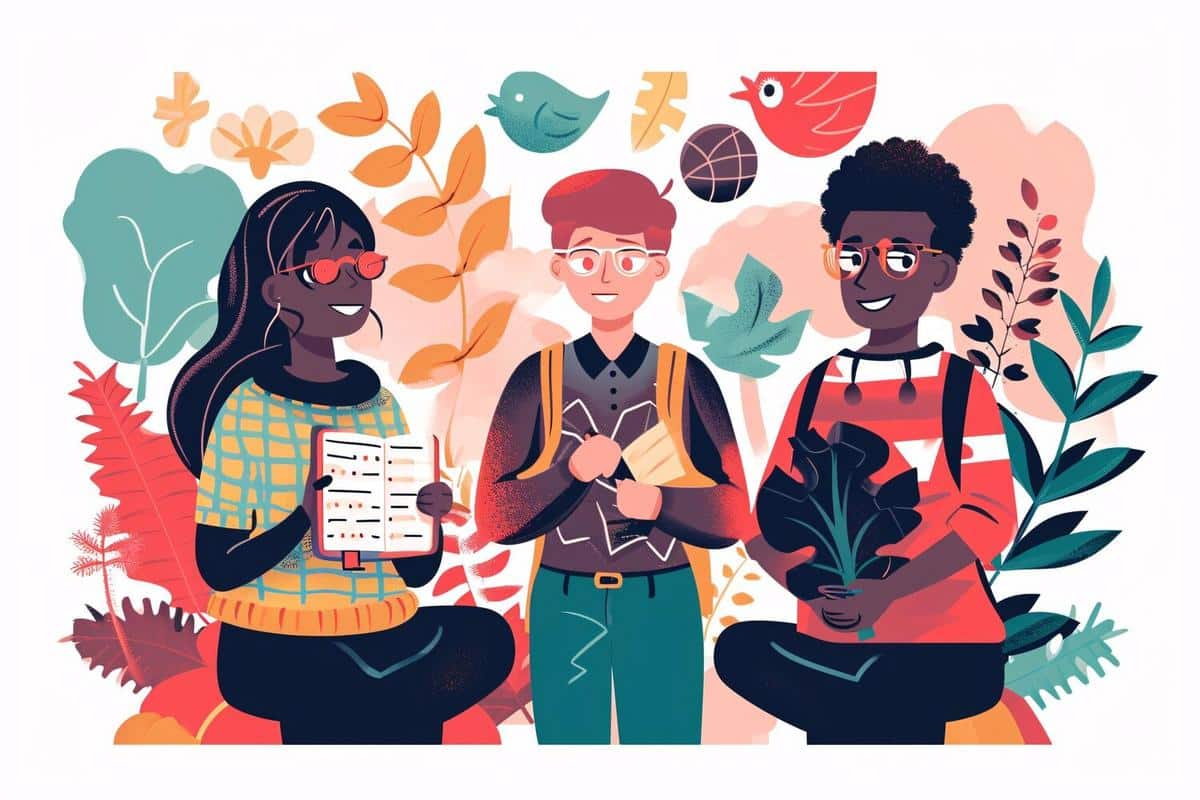
Education and Awareness: Key Drivers of the Circular Economy Movement
The circular economy movement has been gaining traction as a sustainable alternative to the traditional linear economy, and at the heart of this shift lies education and awareness. As individuals and businesses become more informed about the impact of their consumption choices, they are empowered to contribute to a more sustainable future.
Education and awareness are pivotal in transforming how we view resources, waste, and sustainability. They are the driving forces that enable individuals and organizations to adopt practices that reduce environmental impact and promote resource efficiency. According to a report by the Ellen MacArthur Foundation, adopting a circular economy framework could generate over $1 trillion in economic benefits globally by 2025. This highlights the significant potential of the circular economy in reshaping industries and economies.
Expert Insights on the Circular Economy
Experts in sustainability emphasize the importance of education in fostering a deeper understanding of circular economy principles. Dr. Walter Stahel, a pioneering figure in the circular economy, suggests that “education is the cornerstone of any transition towards a circular economy.” He believes that informed individuals are more likely to make choices that align with sustainable practices.
Statistics and Research Findings
Research by Accenture indicates that a shift to circular business models could unlock $4.5 trillion in economic growth by 2030. This underscores the financial incentives associated with circular practices, encouraging businesses to invest in sustainable innovations.
Personal Experiences and Examples
Consider the example of a local community that implemented a waste reduction program in schools. By educating students about recycling and composting, the community reduced landfill waste by 30% in just one year. This success story illustrates the power of education in driving tangible environmental benefits.
Actionable Tips for Embracing the Circular Economy
- Participate in workshops and seminars on circular economy principles.
- Encourage businesses to adopt sustainable practices through informed consumer choices.
- Engage with community initiatives focused on recycling and waste reduction.
- Incorporate circular economy topics into school curriculums to educate future generations.
Organizing Your Circular Economy Efforts
| Strategy | Action | Impact |
|---|---|---|
| Education | Attend webinars and courses | Increase knowledge and skills |
| Community Engagement | Participate in local initiatives | Foster collective action |
| Business Adoption | Encourage sustainable practices | Drive economic growth |
| Policy Advocacy | Support circular policies | Influence regulatory frameworks |
| Resource Efficiency | Optimize resource use | Reduce environmental impact |
| Waste Reduction | Implement recycling programs | Decrease landfill waste |
| Innovation | Invest in sustainable tech | Enhance competitiveness |
| Networking | Connect with stakeholders | Build partnerships |
Frequently Asked Questions
What is the circular economy?
The circular economy is a regenerative system aimed at minimizing waste and making the most of resources.
How can education drive the circular economy?
Education raises awareness and provides the knowledge needed to implement sustainable practices effectively.
Why is community involvement important?
Community involvement fosters collaboration and collective action, amplifying the impact of circular economy initiatives.
In conclusion, education and awareness are indispensable in advancing the circular economy. By equipping individuals and organizations with the knowledge and tools to make informed choices, we pave the way for a sustainable future. As more people embrace these principles, the collective impact can lead to substantial economic and environmental benefits. Let’s continue to learn, engage, and transform our world through the power of education and awareness.